Our previous post on our study of birds,
shows how this project lead us to visiting Castle Park. Annika suggested we go there to see "duck nests in hollow trees". This was a perfect opportunity for us to do some "field research", and collect raw data in a natural setting. It also helped to reveal the habits and habitats of various organisms present in their natural surroundings.
One of our course objectives is to identify the needs of living organisms and the difference between living and non-living organisms. To help the children make these observations, they each were given a clipboard with two worksheets.
1.) The first was a Non-living Organism Chart. The children were to observe and write a list of 8 non-living organisms we found in the park
2.) The second was a chart to record any Live Organisms we found, and what their food and shelter was.
After spending some time noting our observations, we were off to find the pond with the ducks that Annika had been talking about...........
But to our surprise, the entire pond had dried up!!!!!!!!!!!!!
The children were so amazed, it took some time for them to comprehend what had happened. This lead to a wonderful conversation on EVAPORATION! ;0) They got to see it right before their very eyes! It was such an experience for the children to see a place that not too long ago was filled with water and ducks, completely dried up with "cracked ground"!
But we took advantage and started exploring........
We went to the famous hollow tree that housed the duck nests....
We climbed in, looked around and found several "clues" of what animals used to be there. We found lots of feathers! Hmmmm..... Could it be the ducks Annika saw before.
- Why did the ducks leave?
- Why did they choose the hollow tree as a nesting site?
- Why did the pond dry up?
- What can bring water back into the pond?
We took out our charts to note our observations at the dried pond.......
When we searched around what used to be the pond, we found empty oyster shells!!!!! Who knew Sugar Land had oysters??????
- Why were they empty shells?
-Who do you think ate the oyster?
After completing our notes, we just had to take one more run at the "cracked ground"! This was too much fun!
However, the fun ended quickly when our teacher and friend sunk deep in the mud!!!!!! ;0) No worries though, we pulled everyone out, washed off when we got back to the school, and learned a very valuable lesson......................................
Just because the ground looks dried and cracked, doesn't mean there is not deep, soggy mud hiding under it!!!!! ;0)
samples of our work........
stay tuned as this project continues .............







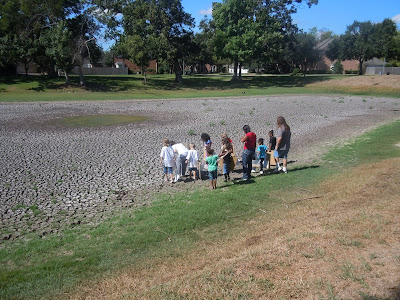





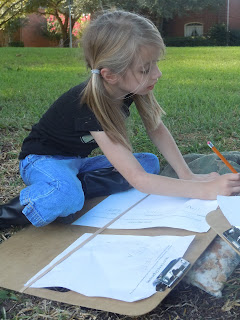

































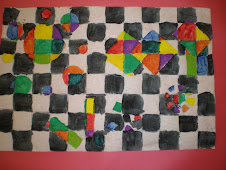

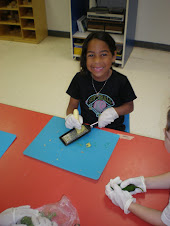
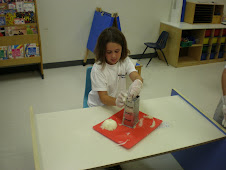




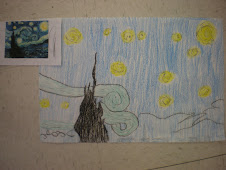


No comments:
Post a Comment